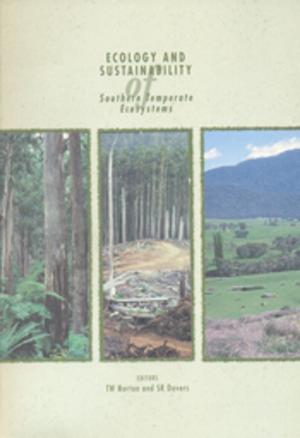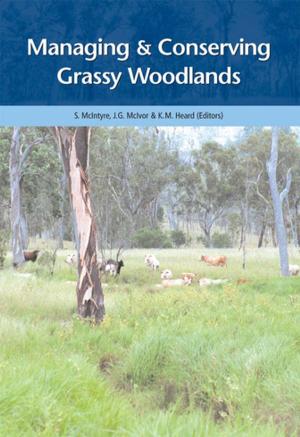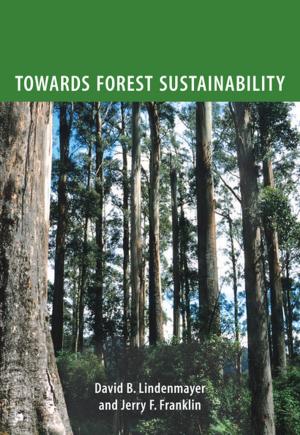Carbon Accounting and Savanna Fire Management
Nonfiction, Science & Nature, Science, Biological Sciences, Ecology, Environmental Science, Nature| Author: | ISBN: | 9780643108530 | |
| Publisher: | CSIRO PUBLISHING | Publication: | June 15, 2015 |
| Imprint: | CSIRO PUBLISHING | Language: | English |
| Author: | |
| ISBN: | 9780643108530 |
| Publisher: | CSIRO PUBLISHING |
| Publication: | June 15, 2015 |
| Imprint: | CSIRO PUBLISHING |
| Language: | English |
In the context of Australia’s developing carbon economy, fire management helps to abate emissions of greenhouse gases and is an important means of generating carbon credits. The vast high-rainfall savannas of northern Australia are one of the world’s most flammable landscapes. Management of fires in this region has the potential to assist with meeting emissions reduction targets, as well as conserving biodiversity and providing employment for Indigenous people in remote parts of Australia’s north. This comprehensive volume brings together recent research from northern Australian savannas to provide an internationally relevant case study for applying greenhouse gas accounting methodologies to the practice of fire management. It provides scientific arguments for enlarging the area of fire-prone land managed for emissions abatement. The book also charts the progress towards development of a savanna fire bio-sequestration methodology. The future of integrated approaches to emissions abatement and bio-sequestration is also discussed.
In the context of Australia’s developing carbon economy, fire management helps to abate emissions of greenhouse gases and is an important means of generating carbon credits. The vast high-rainfall savannas of northern Australia are one of the world’s most flammable landscapes. Management of fires in this region has the potential to assist with meeting emissions reduction targets, as well as conserving biodiversity and providing employment for Indigenous people in remote parts of Australia’s north. This comprehensive volume brings together recent research from northern Australian savannas to provide an internationally relevant case study for applying greenhouse gas accounting methodologies to the practice of fire management. It provides scientific arguments for enlarging the area of fire-prone land managed for emissions abatement. The book also charts the progress towards development of a savanna fire bio-sequestration methodology. The future of integrated approaches to emissions abatement and bio-sequestration is also discussed.















